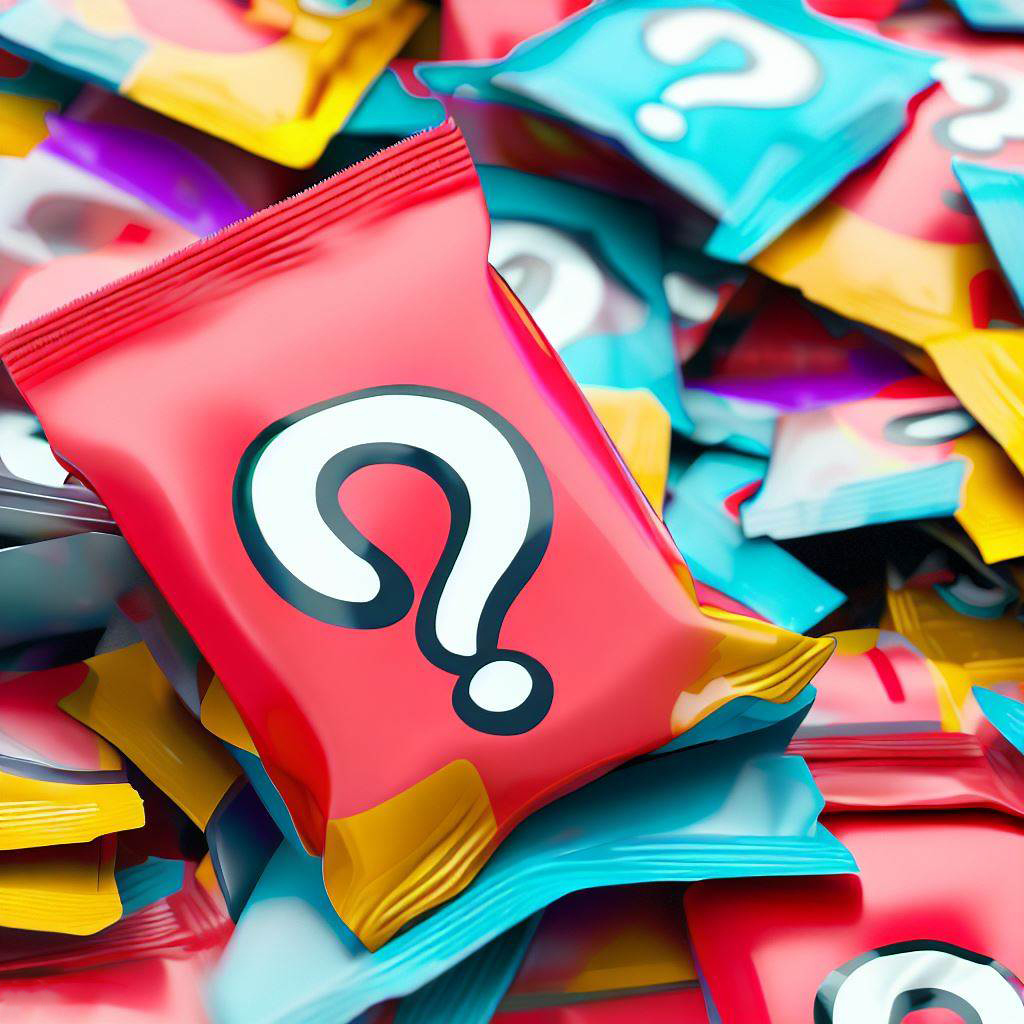Toy blind bags, mystery boxes, and surprise packaging have become increasingly popular among toy manufacturers, and while they might create a sense of excitement and anticipation for children, they also bring disappointment and frustration for both kids and their parents. This article explores the problematic nature of these marketing tactics and the ways in which they manipulate young consumers, parents, and collectors.

The Issue with Blind Bags and Surprise Packaging:
As the trend of releasing toys in concealed packaging has grown, so have the prices of these products. Inflation has made it difficult for parents and collectors to continue supporting this habit, especially when the risk of receiving duplicate items is high. Popular toy lines like LEGO® minifigures, Roblox® mystery figures, Minecraft® mini-figures, Spidey and His Amazing Friends® mini figures, Imaginext Slammers®, Disney Doorables®, LOL®, Toy MINI Brands®, Funko® mystery minis, and many others all use this tactic to boost sales and profits.
The Psychology Behind the Packaging:
Neuromarketing and psychological strategies are often employed in the design of these surprise packages to entice children and increase sales. The use of bright colors, bold fonts, and eye-catching images make the packaging more attractive and harder for kids to resist. Furthermore, the element of surprise and the thrill of unboxing a mystery toy taps into children’s innate curiosity and sense of discovery, making them more inclined to ask their parents to buy these products.
A Potential Gateway to Gambling Problems:
The concept of blind bags and mystery packaging is reminiscent of gambling, as children and parents invest money into a product without knowing the exact item they will receive. This can be especially problematic for impressionable young minds, potentially fostering addictive behavior and normalizing gambling-like practices.
Some Progress, But Not Enough:
While certain toy lines, such as Mega Construx®, have started to incorporate identifier numbers on their packaging, it still requires research to match the numbers with the toy inside. This is a step in the right direction, but more can be done to make identification easier and more accessible.
The Benefits of Transparent Packaging:
Other toy lines who once championed the blind bag trend such as Thomas & Friends MINIS® and Imaginext mini figures are going the transparent packaging route. Requiring all toy manufacturers to use transparent packaging or provide an easy way to identify the actual contents of a package would not only reduce disappointment for children and frustration for parents, but it could also cut down on store losses and returns. Retailers often deal with in-store opening of packages and returned items due to dissatisfaction with the contents.
It’s time for toy manufacturers to take responsibility for this unfair sales practice and reconsider their approach to packaging and marketing. While surprise packaging may temporarily boost sales, the long-term consequences of disappointed children, frustrated parents, and wasted money should not be ignored. Transparent packaging or clearer identification methods can create a fairer marketplace for consumers and a more enjoyable experience for everyone involved.
Auto Amazon Links: No products found. http_request_failed: A valid URL was not provided. URL: https://ws-na.amazon-adsystem.com/widgets/q?SearchIndex=All&multipageStart=0&multipageCount=20&Operation=GetResults&Keywords=B0BSN79JZX|B096DKNNNP|B09TV26ZW1&InstanceId=0&TemplateId=MobileSearchResults&ServiceVersion=20070822&MarketPlace=US Cache: AAL_7320a9726f0b0f12f584fbf54f40513d

